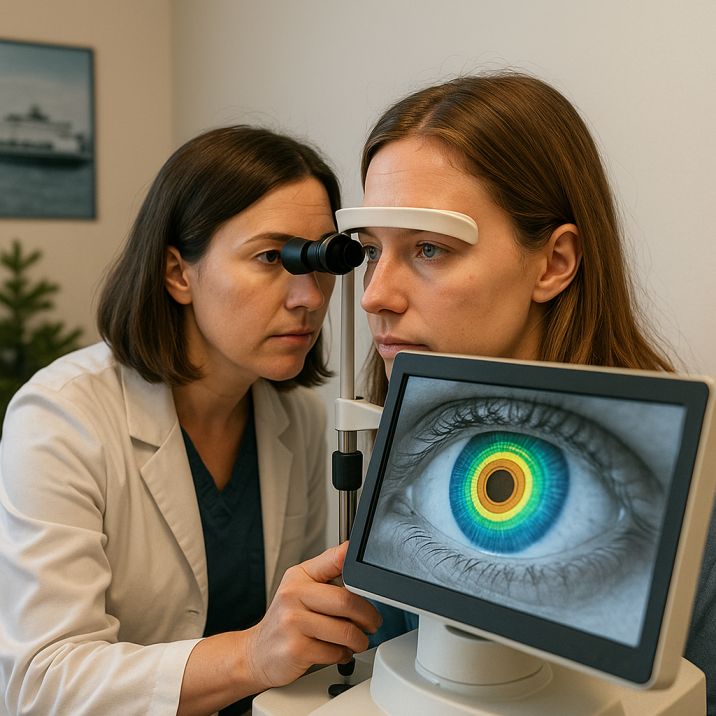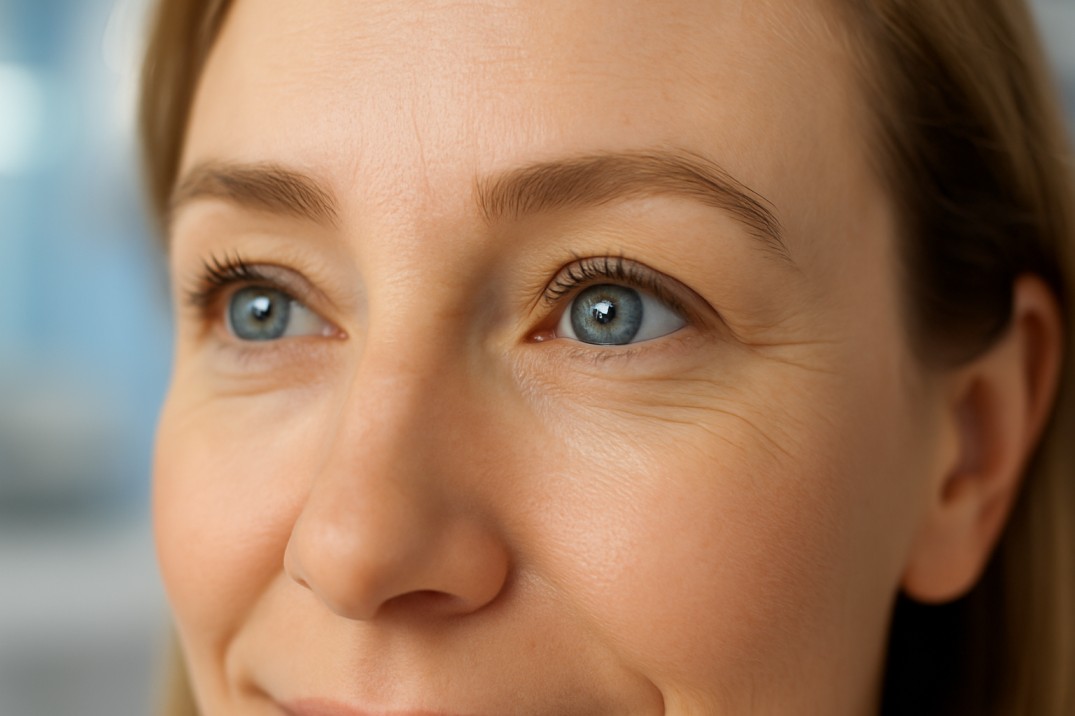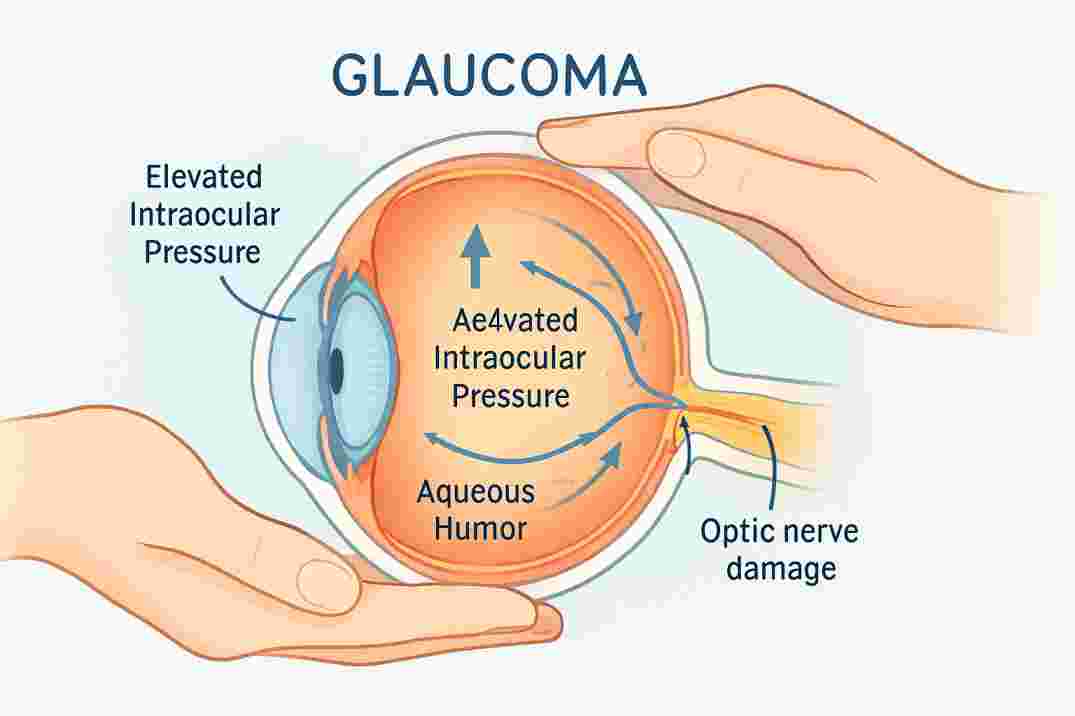Dry Eye Disease in Seattle: Causes & Relief Tips
Key Takeaways: Understanding & Managing Dry Eye in Seattle
-
Dry Eye Disease affects 1 in 3 U.S. adults, often due to poor tear quality or quantity.
-
Seattle’s climate and tech-heavy lifestyles increase risk, especially during dry, windy months.
-
Two main types exist: Evaporative (due to oil gland issues) and Aqueous-Deficient (from low tear production).
-
Major contributors include aging, hormone shifts, allergies, contact lens use, and screen time.
-
Women, seniors, contact lens wearers, and tech workers are especially vulnerable in the Pacific Northwest.
-
Environmental and mental health factors are linked, with depression and anxiety often co-occurring.
-
Modern diagnostics like tear film mapping and gland imaging enable tailored treatment plans.
-
Effective relief combines lifestyle changes, eyelid hygiene, and advanced therapies like custom eye drops and omega-3 support.
-
Daily prevention tips: Blink more, use humidifiers, clean eyelids, hydrate, and protect eyes outdoors.
-
Annual eye exams are essential, especially if symptoms worsen or persist despite self-care.
Dry Eye Disease Explained
Dry Eye Disease (DED) occurs when inadequate tear production or rapid tear evaporation causes discomfort, blurred vision, and potential eye damage. Affecting 30% of U.S. adults, symptoms include burning, grittiness, redness, and vision fluctuations.
Two Primary Types
-
Evaporative Dry Eye: Oil gland dysfunction accelerates tear evaporation
-
Aqueous-Deficient Dry Eye: Insufficient tear production, often age or autoimmune-related
Seattle-Specific Risk Factors
Environmental Triggers
-
Cool winds and dry spells accelerate tear loss
-
Indoor heating/cooling reduces humidity
-
Extended Pacific Northwest allergy seasons
Lifestyle Influences
-
The tech industry is reducing blink rates
-
Contact lens use among active residents
-
Mask-wear redirects the airflow toward the eyes
Root Causes of Dry Eye
A. Meibomian Gland Dysfunction (MGD)
Blocked eyelid oil glands worsen tear evaporation, especially with rosacea or screen overuse.
B. Reduced Tear Production
Aging, hormonal shifts (menopause), autoimmune conditions (Sjögren’s), and medications (antihistamines, antidepressants).
C. Local Triggers
-
Seattle weather patterns: wind, smoke, low humidity
-
Contact lenses or past refractive surgery
D. Contributing Factors
Vitamin A/D deficiency, poor eyelid hygiene, or sleep disorders.
Most Vulnerable in Seattle
-
Women experiencing hormonal changes
-
Contact lens wearers
-
Autoimmune disorder patients
-
Tech professionals and students
Identifying Your Dry Eye Triggers
Track symptoms when you experience:
-
Extended screen use or specific environments
-
Allergy flare-ups or medication changes
-
Contact lens discomfort
-
Wind/AC exposure
Latest Dry Eye Research Insights
-
Young Adults: 90% show dry eye signs from screens/stress (2025 NIH study)
-
Environment-Body Link: Internal/external factors combine to trigger DED
-
Mental Health Connection: Higher depression/anxiety rates among sufferers
Cannon EyeCare’s Seattle Treatment Approach
Diagnosis
Tear film analysis, gland imaging, and symptom mapping.
Treatment
-
Lifestyle Tweaks: Screen breaks, humidifiers, allergy control
-
Eyelid Care: Warm compresses, medical-grade cleansers
-
Advanced Therapies: Custom drops, punctal plugs, omega-3 regimens
-
Specialist Coordination: For complex autoimmune cases
Proactive Protection for PNW Living
-
Practice the 20-20-20 rule during tech work
-
Use humidifiers during Seattle’s dry summers
-
Wear wrap-style sunglasses outdoors
-
Clean eyelids nightly with hypochlorous spray
-
Hydrate well and review drying medications
Dry Eye Disease can disrupt daily life, especially in Seattle’s screen-filled, allergy-prone, and weather-shifting environment. But with the right awareness, care, and support, long-term relief is possible. From advanced diagnostics to simple daily habits, proactive steps make all the difference.
Ready for clearer, more comfortable vision?
Book your dry eye evaluation at Cannon EyeCare today and take the first step toward lasting relief. Your eyes deserve expert care tailored to Seattle living.
FAQs
-
Dry eye is usually caused by meibomian gland dysfunction, aging, hormonal changes, screen time, certain medications, allergies, or autoimmune diseases like Sjögren’s




